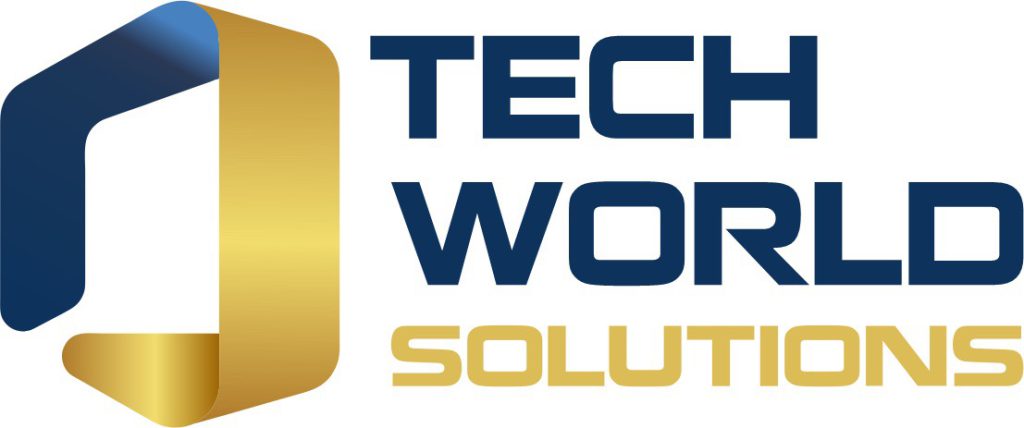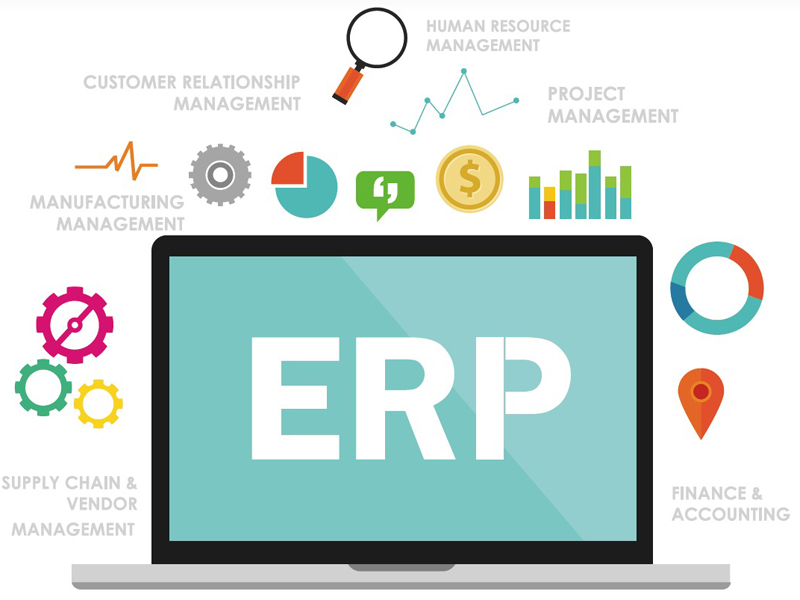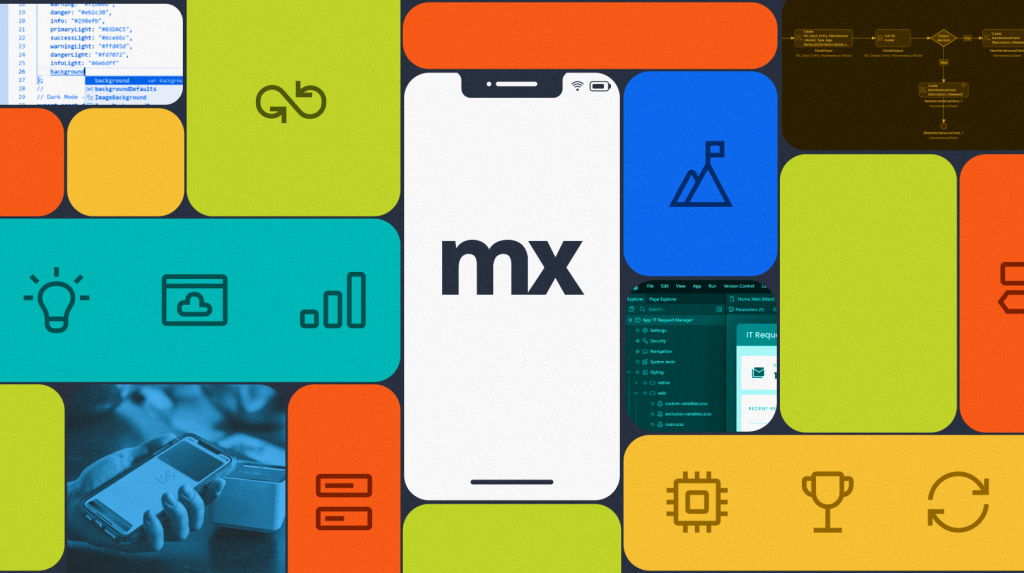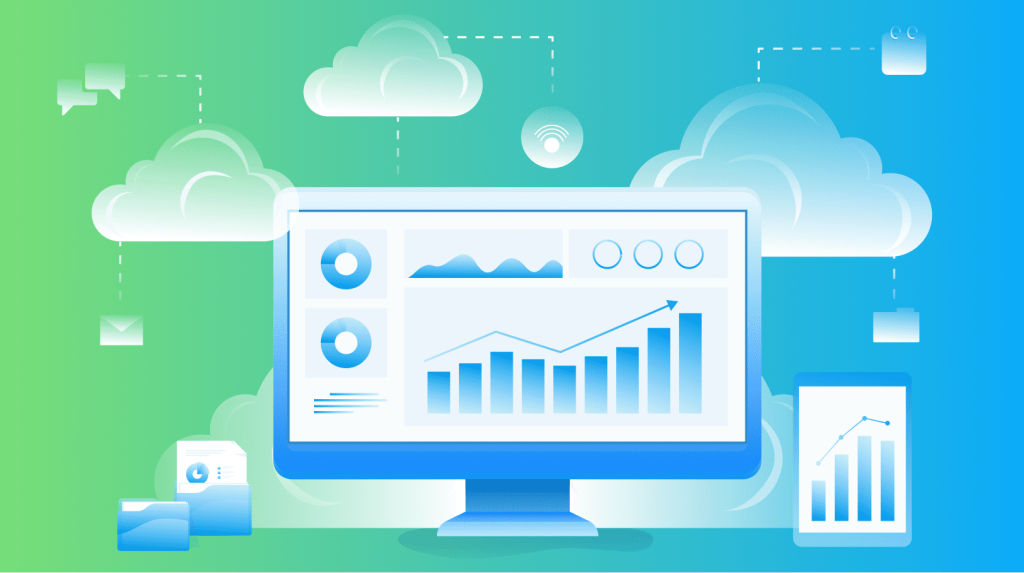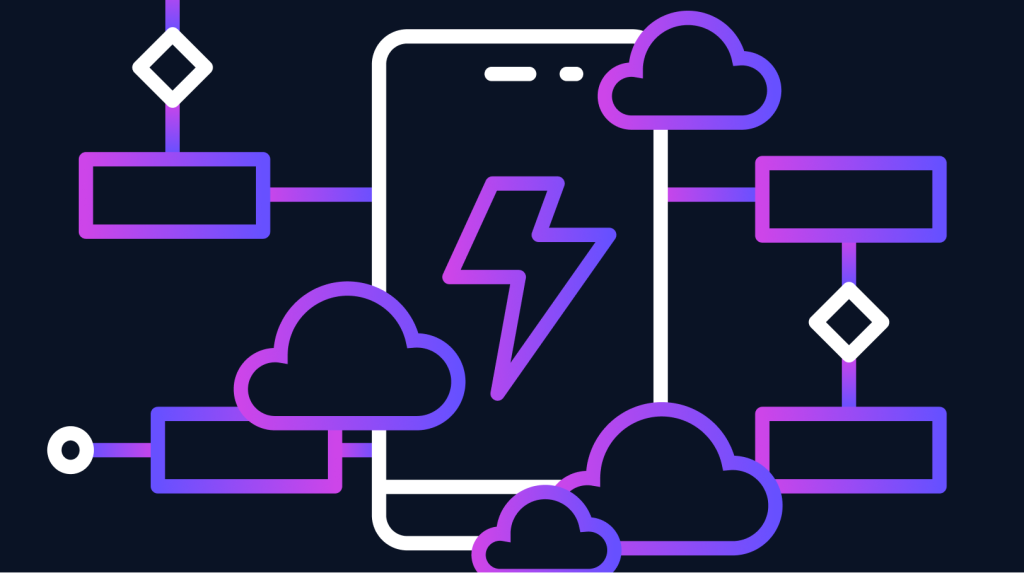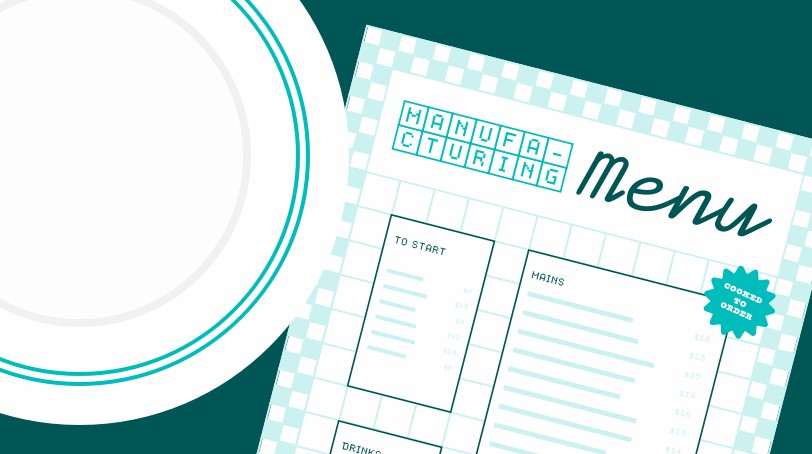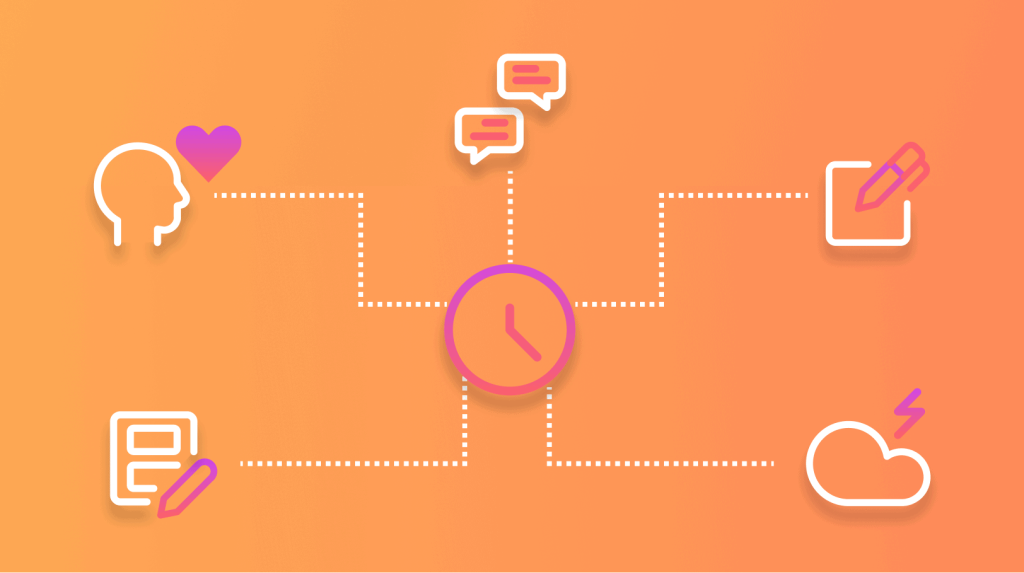What is ERP?
Enterprise resource planning (ERP) is a type of software system that helps organizations automate and manage core business processes for optimal performance. ERP software coordinates the flow of data between a company’s business processes, providing a single source of truth and streamlining operations across the enterprise. It’s capable of linking a company’s financials, supply chain, operations, commerce, reporting, manufacturing, and human resources activities on one platform.
Most companies have a finance and operational system in place, but siloed systems can’t go beyond everyday business processes or help with future business growth. As companies expand and their needs change, their systems should keep up with them. In this article, you’ll learn what ERP is and why having software in place that keeps up with your needs can help run a more agile and efficient business.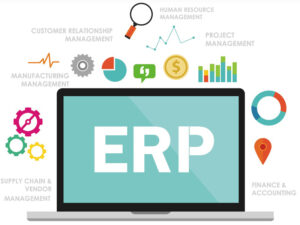
Modern ERP software systems
Historically, ERP systems were suites that worked separately and didn’t talk with other systems. Each system required expensive, complex, and customized code to meet unique business requirements which slowed—or even prevented—the adoption of new technology or process optimization.
What makes today’s ERP software different is that it brings all these different processes together in one fluid system. It doesn’t just offer data connectivity within your ERP system, but also within your productivity tools, e-commerce, and even customer engagement solutions. It enables you to connect all your data for better insights that help you to optimize your processes across your entire business.
In addition, a modern ERP solution offers flexible deployment options, improved security and privacy, sustainability, and low-code customization. But most importantly, it builds continuity and resiliency into your business and processes through insights that help you innovate at a rapid rate today while preparing your business for what’s next.
Why is ERP important for business?
While there’s no all-up solution for every business process, ERP technology is getting better and better at bringing processes together. After your processes, systems, and data are connected, you’ll get the business intelligence, acceleration, and adaptability you need to start optimizing your operations.
Here are three ways an ERP system can improve your business:
- Drive optimal performance. With solutions that use AI, you’ll access insights that enhance your decision making and reveal ways to improve operational performance going forward.
- Accelerate operational impact. By connecting processes and data, you’ll bring more visibility and flexibility to employees, helping them take action quickly and deliver more value across the business.
- Ensure business agility. Many ERP solutions are built to adapt to your needs and grow with you, helping you proactively prepare for—and readily respond to—any operational disruption or market change.
What business functions can be optimized with ERP?
An ERP system can cover many core functions across your organization—helping break down the barriers between the front office and back office while offering the ability to adapt your solution to new business priorities. Some of the key business functions include:
Commerce
Today’s retailers face many challenges, and an ERP system can deliver a complete, omnichannel commerce solution that unifies back-office, in-store, and digital experiences. Customers get a more personalized and seamless shopping experience through AI recommendations, while retailers increase employee productivity, help reduce fraud, and grow their business.
Finance
Modern ERP increases profitability while driving compliance. It offers dashboards and AI-driven insights that give an overview of your finances to help you tap into the real-time information anytime and anywhere. It should also cut down on entering information manually by automating daily tasks and include tracking abilities that help with your business’s regulatory compliance.
Human resources
Modern solutions offer ways to manage company data and streamline employee management tasks like payroll, hiring, and other duties. You’ll be in a better position to help retain, recruit, and empower employees while also tracking employee performance and to help you identify HR problems before they happen.
Manufacturing
This ERP capability improves business communication, automates daily processes through robotic process automation, and offers manufacturers the ability to fulfill customer needs and manage resources by accessing real-time data. It also optimizes project management, cost management, and production planning.
Supply chain
If your company is still entering information by hand and trying to track down inventory in your warehouse, you can save time and money by automating these processes with ERP. Modern supply chain solutions also offer dashboards, business intelligence, and even Internet of Things (IoT) technology to help you get a handle on your inventory management.
Three signs that you need ERP software
If you’re reading this and struggling with your legacy system, you might be wondering if this is the right time to make a change. Here are some signs that you need new ERP software:
- The basics aren’t letting you grow: Perhaps you’ve been doing fine with basic tools, but if your current software is putting limits on your market expansion and ability to grow on a global scale, it may be time for a better ERP system that is flexible enough to allow for growth.
- You’re dealing with disparate systems: As technology changes, you’re noticing that your disparate systems don’t work well together. You may notice that your new accounting software isn’t compatible with your old HR system, and you’re tired of wasting time and resources trying to stitch a solution together.
- You can’t meet customer expectations: If your staff and customers are mobile and your system isn’t accommodating them, it’s time to invest in one that meets everyone’s needs. Giving your staff the tools they need to succeed and investing in meeting your customers’ expectations can help you maintain your competitive edge.
TIP: If you or your staff are asking for a new system and there’s a resistance to an ERP change, schedule a demo so everyone can see what’s out there. When everyone feels like they’re included in the decision process, it’ll make implementation much easier.
Three ERP implementation challenges for businesses
Despite all the options out there, some companies are still hesitant about implementing ERP. There could be many reasons why, but where there’s a challenge, there’s a solution.
Choosing the right ERP solution.
You don’t have to find the perfect software solution to fix everything. ERP should be able to take the best of the business processes you’re using now and bring them together under one system that allows everyone in your organization to view the same information. This is why choosing the right technology partner is important.
Affording the cost of an ERP system.
A solution doesn’t have to be an all-or-nothing implementation. Software solution modules can be purchased separately according to your business needs. This will help your team ease into the implementation piece of ERP, and it’ll save you from having to invest in a major software renovation without knowing whether the functions you’re adding will pay off.
Integrating new ERP software with existing software.
As we mentioned, any ERP solution you choose should work with what you’re using now but also include features that can help in your future growth. For instance, if the software you have mostly handles the financial, supply chain, and manufacturing sides of your business, you may want to look for a solution that brings in a strong business intelligence component.
- What is the Future of Mobile App Development? 5 Trends to Watch
- AI-Assisted Development in Action with Mendix
- Mendix Solutions Kit Delivers Adaptable Solutions to Software Vendors
- PVI Gia Định Partners with Techworld Solutions Vietnam to Revolutionize Insurance Management
- 3 Reasons You Need to Rethink Low-Code Governance
Bài viết cùng chủ đề:
-
Addressing the Knowledge Gap
-
AI-Assisted Development in Action with Mendix
-
Empowering Mobile Innovation
-
How to Upgrade Legacy Systems to Compete in the Cloud Age
-
TECHWORLD SOLUTIONS VIỆT NAM VÀ ĐẠI HỌC SPKT ĐÀ NẴNG KÝ KẾT HỢP TÁC TRIỂN KHAI TRUNG TÂM NGHIÊN CỨU & ĐÀO TẠO CÔNG NGHỆ SỐ
-
How to Architect Your Mobile Customer & Employee Experiences
-
PVI Gia Định Partners with Techworld Solutions Vietnam to Revolutionize Insurance Management
-
ESEC Group Partners with Techworld Solutions Vietnam to Implement Microsoft Dynamics 365 ERP
-
Đổi mới Chuỗi cung ứng với Nền tảng Low-Code Mendix: Bước tiến vượt trội cho doanh nghiệp
-
Why Building the Best Customer Experience Means the Right Multi-experience
-
What is the Future of Mobile App Development? 5 Trends to Watch
-
Empower Manufacturing with Adaptive Solutions
-
Design Thinking vs. Agile: Combine Problem Finding & Problem Solving
-
How Fusion Teams & Low-Code Enhance Software Delivery
-
How to Execute a Digital Transformation: 9 Factors for Success
-
Digital Ecosystems 101: How to Deliver Value & Drive Growth
